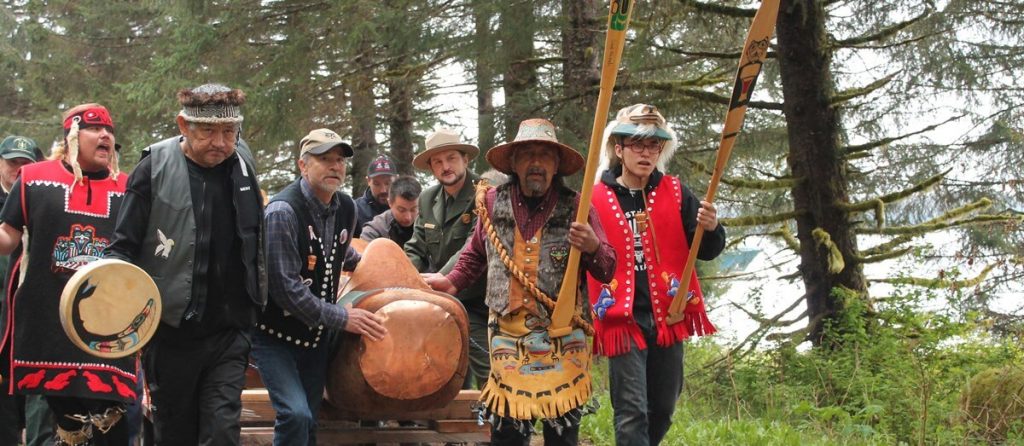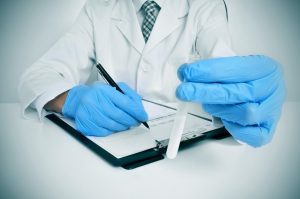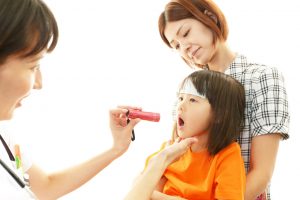Natives in Alaska tend to experience more oral disease, and are more likely to have oral health needs that haven’t been met yet, than the rest of the US people. This has been a known fact for a while now and measures are being implemented to improve the conditions and to provide at par Dental facilities to the natives inhabiting the place.
A major cause of the prevalent oral health issues, is the limited access to dental care in Alaska by the local people, especially those dwelling in remote native villages. Over half the population of Alaska live in remote villages, and are not always accessible by road. Extreme temperatures make travel and work difficult, and most common form of transport is airplane, boat, all-terrain vehicles or snowmobiles, to cross the distance between villages. Since the villages are this small in size, they cannot support a full time general physician, or a general dentist, and thus the problem prevails.
Another factor is the high occurrence of disease risk factors – diet, smoking, oral hygiene practices and other factors that are society-driven that start off right at birth. Lack of access to resources of course means a lack of education, and thus the problems continue and are passed on over generations. After all, a family will educate their children to the best of their knowledge, but if they don’t know of the basics of flossing and daily care, there isn’t much chance the child will learn this practice as well.
Let’s touch upon what is currently being done to bring down this alarming occurrence. Firstly, dental care is being
segregated across tribes as distinct responsibilities. What this means is, that, each native tribe is directly  responsible for the dental care of the members, and makes use of a collaborative called the Alaska Tribal Health System to have access to facilities.
responsible for the dental care of the members, and makes use of a collaborative called the Alaska Tribal Health System to have access to facilities.
The natives of the country are trained and called upon to volunteer in overall promotion of health and dental care, and also of disease prevention. They are trained and assigned specific roles based on their capabilities, availability of other senior staff, and other such factors, and there is a program in place to ensure the locals are being educated on the best practices and community health, and to train individuals of the society / tribe to provide help when needed.
What is left to be seen is how well these practices are implemented and what the effect on the general health of the population is. There have been improvements in the last few years and hopefully in the coming years as well we will see a drastic reduction in the number of diseases arising from lack of access or lack of knowledge.





Great thing, there are volunteering to raise the awareness of the importance of oral care especially to those who have limited access to go to their dentist.